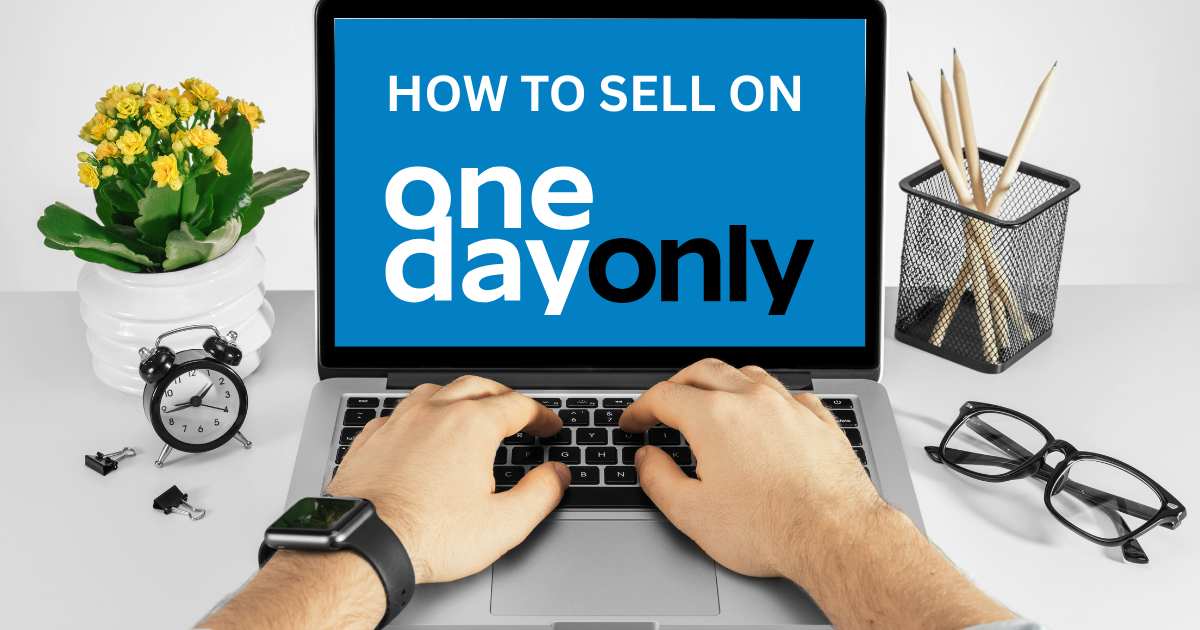
By: Brendon Williamson, CSO at payment expert, PayGate
Customers are cautious when first entering a new e-commerce website so ensure that your website design engenders trust from the outset.
In April 2019, the Ombudsman of Banking Services revealed that credit card fraud had increased from 12.2% in January 2019 to 19.47% in March. This was in just three short months. This threat is further complicated by phishing, email scams, and payment fraud.
For the consumer, the online landscape can seem daunting and scary so, as an e-commerce business owner, your job is to ensure your website is secure and conveys a sense of trust. People are understandably cautious when they enter an online retail store for the first time, especially if the brand isn’t well known. It is your job to prove you are a legitimate company, reassure them that they won’t be defrauded, and that the item will be delivered.
Here are five of the biggest fears that shoppers have when they first start shopping with someone new, and some simple steps you can implement to overcome these fears.
1. It is not a ‘real’ website
The way your site looks, the ease with which nervous shoppers can contact you, your social presence, and the simplicity of your website design and navigation – these qualities all make a significant subliminal difference. The first impression your customer gets when they visit your site counts. If the website design doesn’t look right, is difficult to navigate, or has odd elements then people will probably leave. Consider the following elements when you start:
- A user-friendly website. People make snap judgments and a high-quality website is more likely to earn their trust. A quick loading, professional looking website that works well makes people feel that the owner isn’t an amateur.
- You are contactable. Make it easy for customers to get in touch with the people behind the business. If you opt out of calling as a contact option, ensure that you quickly respond to emails. Delays will only put people off. Consider including an ‘About’ page that includes a landline number, a physical address, a map to the business, and profiles of you and your employees to add a personal touch. If they can see who sits behind the technology, then they will be more at ease
- Reviews and testimonials. Modern shoppers attach significant value and trust to other reviews. Encourage people to leave reviews so you can build this trust through relationships and commentary.
- Social media. Invest in a social media presence across relevant platforms. If you build your brand name and engage with customers on social media, then people can see that others have already trusted you and you’ve delivered.
2. They will send me a fake or a poor quality item
When a customer purchases something online they run the risk of it not working properly or being poor quality. It is difficult for them to assess the specifics of the item from a photograph and a list of features and often shoppers are concerned that they are investing in a dud and won’t get their money back. To help them alleviate this risk you can:
- Be transparent. Provide customers with as much information about your products and services as possible. Reassure them, give them all the details they could possibly need so they can see you are knowledgeable about the item.
- Be upfront. Ensure your customers can see precisely how you handle returns and delivery, what your guarantees are, and how you resolve issues. If customers get a sense that you are honest and have a clearly defined route for addressing problems, then they will be more likely to try out your store.
3. The site will sell my information
Privacy concerns are legitimate. Often companies have shared customer information with the result that shoppers get unsolicited marketing phone calls and emails that they don’t want or like. In the European Union, the entrenched GDPR legislation enforces these breaches of conduct, but in South Africa, the Protection of Personal Information Act (POPIA) still hasn’t become law and people are still not completely protected.
To ensure that your customers enter their details with peace of mind, offer the following:
- A privacy policy. Direct customers to a clearly written privacy policy that shows them that you take their privacy and safety seriously. Explain how you protect their data and reassure them that you won’t share their information with unauthorised parties.
- Website security. Consider investing in a SSL certificate to show users that their information is safe. A few years ago, Google started marking HTTP websites as ‘not secure’ so investing into a website with HTTPS encryption is investing into your business. The cost is around R1 000 per year and it will make a huge difference.
4. They will steal my money
Identity theft, internet scams, security breaches – customers hear about these threats all the time. When they handover their credit card information to a new online store, all these risks swirl about in their minds. You can reassure them by:
- Using a reputable payment gateway. A recognised, established and well-known payment gateway will instantly put customers at ease. Add to this by offering multiple payment options so they can select the one they already trust.
- Adding third-party badges and certifications. Put familiar payment method icons at the checkout process and ensure that this includes the secure ‘lock’ icon in the browser. Put these icons in visible spaces so customers can see them and feel reassured.
5. I won’t get my order
The customer has leaped, they’ve spent the money and now they wait. With scamsters, many people have paid for an item only for it to never arrive, for the phone line to close and emails to go unanswered. This is further affected by concerns about the item getting lost on the way and the business owner refusing to take responsibility for the loss.
To address these worries, give people the ability to track their order and allow them to choose from a variety of options for delivery such as a courier or physical collection from a specific place – there are now solutions that offer this in certain regions.
Final words
When you first start, it will take a while to build up your social media presence and extensive customer reviews. You will have to build a body of trusted customers backing up your business and reinforcing trust.
So, take careful and meticulous steps that reassure people as they enter your site. Make your store accessible and professional. Include the right icons and security notices and logos. Put your payment and delivery options front and centre. Give them clear contact choices and let them find you when they need to. These simple trust signals will soon see you build up a solid reputation and help customers trust in your business.






